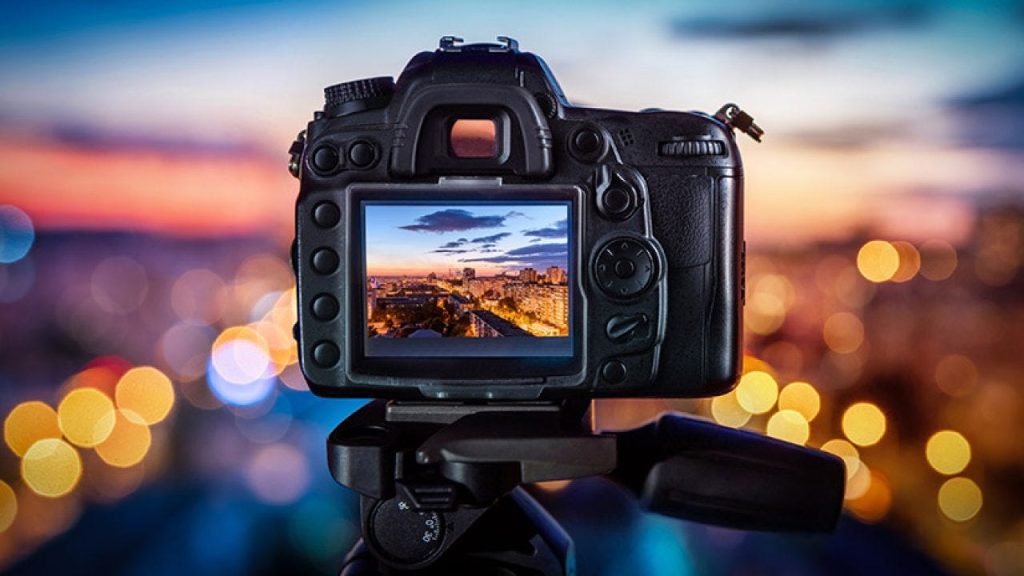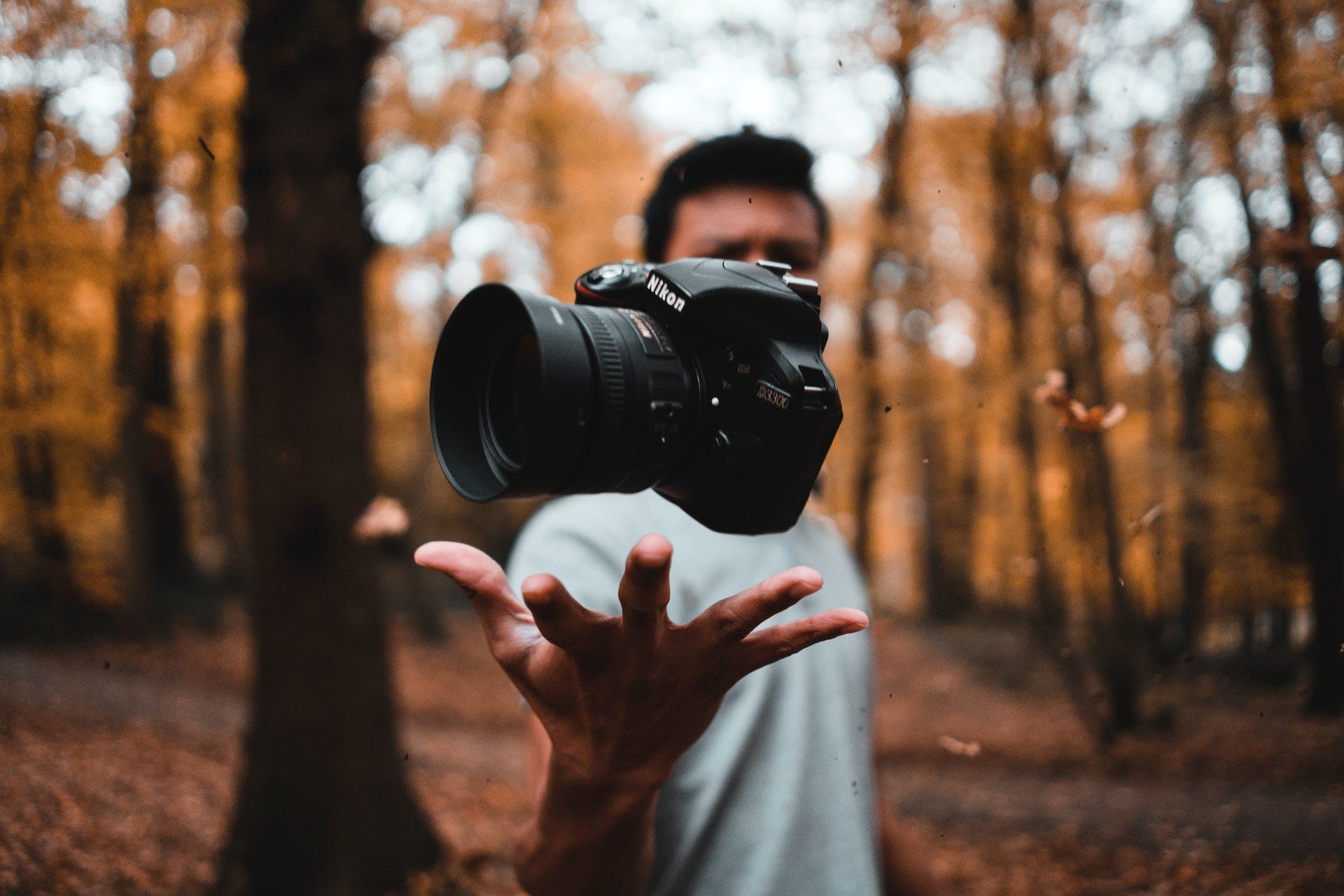Key Elements of Photography for Beginners: An Introduction
Welcome to this essential guide to Photography Basics: Capturing Stunning Moments with Any Camera. This comprehensive introduction not only unveils the key principles and elements of photography but also provides practical photography tips for beginners.
Photography is a splendid outlet for creativity, granting the ability to immortalize moments in time. It requires a mastery of several simple but multidimensional concepts like shutter speed, aperture, ISO, and white balance, to name a few. Thank heavens, you don’t have to be an ace to qualify. Should you thirst for the knowledge on how to better utilize your digital camera or even your mirrorless camera, this guide is for you!
Understanding Photography: Exposure Explained
1. The Role of Aperture in Photography
A critical concept you’d want to learn as a beginner is the relationship between aperture shutter speed, and ISO. Aperture is an adjustable hole in your camera lens that allows light to enter, thereby controlling the depth of field and the amount of light in your pictures. A narrow aperture captures less light but provides a deep depth of field, making more of the elements in your frame in focus. Conversely, a wide aperture captures more light, rendering a shallow depth of field, ideal for creating blurry backgrounds that make your main subject stand out.
2. How Shutter Speed Affects Your Photos
Shutter speed, the length of time when the camera sensor is exposed to light, is a vital aspect of photography. A fast shutter speed freezes the action, whereas a slow or long exposure introduces motion blur into your photos. Thus, mastering shutter speed and ISO is instrumental in great landscape photography or low light photography where dramatic long exposures are often deployed for a desired effect. Just remember to press your shutter button gently to avoid camera shake when taking long exposures.
3. The Importance of ISO in Photo Quality
ISO refers to the sensitivity of your camera sensor to light. A higher ISO rating makes your sensor more receptive to light, useful for low light settings. However, bear in mind that high ISO can diminish image quality, as it may introduce imperceptible grains or noise into your images. The art of blending the aperture shutter, shutter speed and ISO is aptly termed the ‘exposure triangle.’
4. Mastering the Exposure Triangle
The balancing act between aperture, shutter speed and ISO is the exposure triangle. Tweaking one impacts the others and changes the look of your image. The correct exposure compensates for the amount of light in your setting. Various actions can achieve this, like adjusting your aperture shutter speed and ISO or using compensation settings on your digital camera.
Fundamentals: Camera Settings and Modes Basics
Essential Camera Settings for Beginners
To fully tap into your creativity, you want to use camera settings that offer the highest control. Av (Aperture Priority), Tv (Shutter Priority), and M (Manual) modes provide a wide range of control. But, it’s always a great way to start with the camera manual to understand the different types of settings.
The Guide to Understanding Camera Modes
Most cameras come equipped with a broad scope of modes, including Aperture Priority, Shutter Priority, Manual, Program, and Auto, each granting varying control levels. The Manual mode bestows comprehensive control, while the Aperture Priority and Shutter Priority modes let you adjust the respective settings, with the camera taking care of the rest.
Demystifying White Balance and its Impact
White balance is about color temperature. It adjusts the colors in a picture to make it look like what our eyes perceive. Wrong white balance settings could cause your images to appear overly blue (cold) or yellow (warm). Experimenting with white balance settings is a fantastic way to add a creative touch to your shots.
Learning the Art of Composition and Sharpness
How to Compose Eye-Catching Photos
Want to take better photos? Pay attention to composition – how you arrange elements within your frame to create a captivating photograph. Remember to get closer to your subject, deploy the ‘rule of thirds,’ and make sure to avoid distractions that can draw attention away from your subject.
Attaining Sharp Photos: A Guide for Newbies
Sharpness is part of image quality and represents clarity in a photo. To attain sharp photos, make sure to use the correct shutter speed to mitigate motion blur, precise focus, and use a tripod to avoid camera shake and even deploying the mirrorless camera functionalities.

Delving into Photography Gear Essentials
The Beginner’s Guide to Photography Equipment
Quality equipment is key to producing stunning, sharp pictures. Key essentials include a reliable camera, an assortment of camera lenses for different shots, a sturdy tripod for added stability during long exposures, an additional memory card, and a carrying bag for safe storage and easy transportation.
Understanding Camera Lenses: An Overview
Lenses are arguably as important as your digital camera. They offer opportunities for varied shooting scenarios. You can select a wide-angle lens for landscape photography, or a telephoto lens to bring distant subjects nearer.
Introduction to Photo Editing Basics
Tips for Enhancing Your Photos with Editing Tools
With post-processing tools, you can make good photos great. Editing can correct exposure errors, enhance colors, crop out distractions, and much more. So, coaxing the most out of your photos involves tweaking the lighting conditions, adjusting sharpness, contrast, and saturation, among other things.
Fundamentals of Post-Processing for Beginners
Post-processing is the act of editing images after they are taken. This is typically done using software like Adobe Lightroom or Photoshop. Basic post-processing might include cropping for better composition, adjusting levels, white balance, and contrast. This is a chance to make your photos look like what you envisioned when you released the shutter button.
Remember, practice makes perfect. Use the information you have gathered from these photography tips for beginners and apply them next time you want to capture stunning moments. You get better every time you pick up your camera and take photos. You have all rights reserved to create and bring your unique vision to life! Happy shooting! Remember to always maintain an eye for ad and content measurement.




